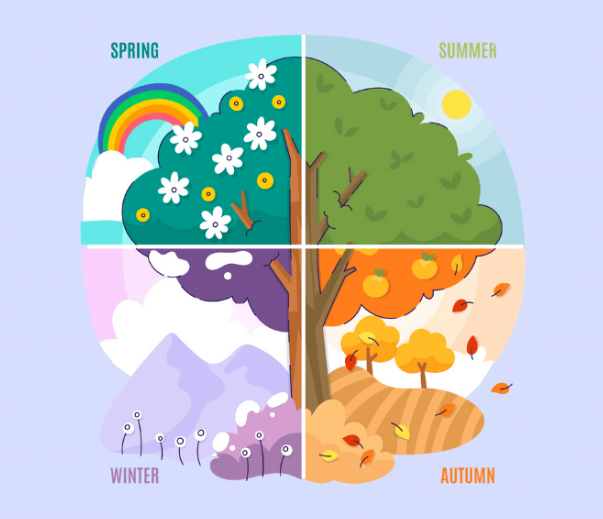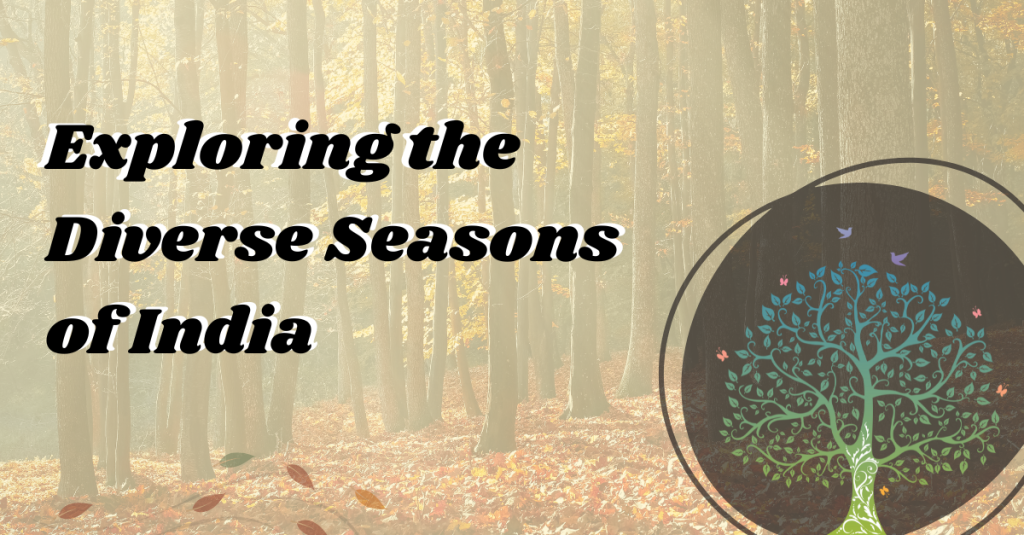India, known for its rich cultural tapestry and geographical diversity, experiences a unique cycle of weather that varies from region to region. The seasons of India are not just weather patterns—they are an integral part of the nation’s rhythm of life, shaping festivals, agriculture, fashion, travel, and daily routines. Understanding about seasons of India will helps us for truly appreciate the lifestyle, traditions, and natural beauty of our country.
Overview of the Seasons of India
The seasons of India are primarily divided into four major categories as per the Indian Meteorological Department:
- Winter (December to February)
- Summer (March to May)
- Monsoon (June to September)
- Post-Monsoon/Autumn (October to November)
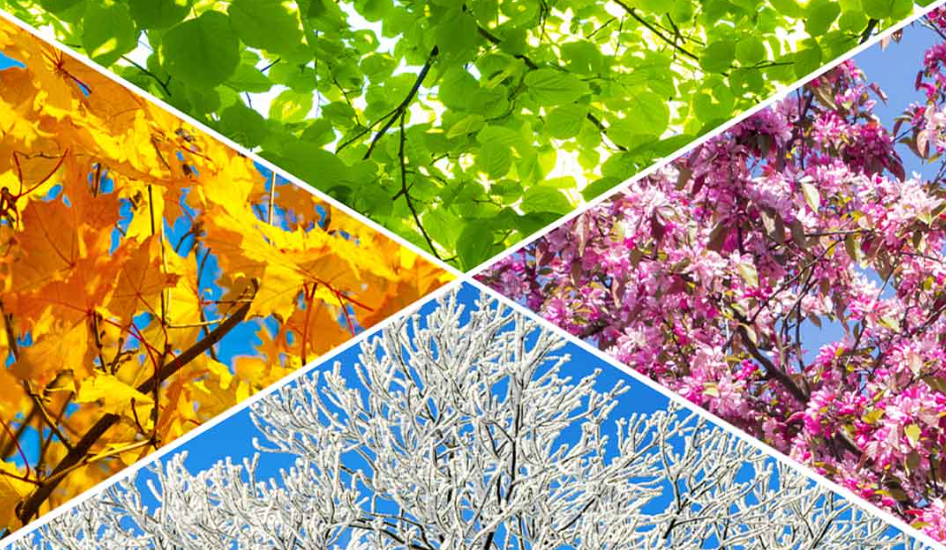
Additionally, in some cultural and regional contexts, six seasons or “Ritus” are described in ancient Indian literature: Vasant (Spring), Grishma (Summer), Varsha (Rainy), Sharad (Autumn), Hemant (Pre-winter), and Shishir (Winter). But for clarity and contemporary relevance, we’ll explore the four modern meteorological seasons.
1. Winter Season (December to February)
India sees a shift to cooler weather at this time of year. In northern India, especially in places like Kashmir, Himachal Pradesh, and Uttarakhand, temperatures can drop below freezing with snowfall in higher altitudes. Meanwhile, cities in southern India like Chennai or Kochi experience milder winters.
This is the season of warm clothes, hot beverages, cozy nights, and vibrant celebrations. Festivals like Lohri, Makar Sankranti, Pongal, and Republic Day fall in this period. Winter is also one of the best seasons of India for tourism, especially for desert safaris in Rajasthan or beach holidays in Goa.
2. Summer Season (March to May)
Summer in India can be intense, especially in the northern plains. Temperatures often exceed 40°C (104°F) in places like Delhi, Rajasthan, and Uttar Pradesh. However, hill stations like Shimla, Manali, and Ooty become the perfect place to escape from this scorching heat.
During this season, cotton clothes, cool drinks, and light meals dominate Indian homes. It’s also the time when nature gifts us with seasonal fruits like mangoes, watermelons, and litchis. Despite the heat, the summer is one of the most anticipated seasons of India, especially for students enjoying their vacations and families planning trips.
3. Monsoon Season (June to September)
This season is perhaps as one of the most dramatic of the seasons of India. The southwest monsoon winds bring much-needed rainfall, transforming the country into a lush green paradise. The regions spanning the Western Ghats to the northeastern states receive substantial rainfall, contributing significantly to the replenishment of water bodies and agricultural zones. o the northeastern states, helping to restore rivers, lakes, and agricultural lands. However, monsoons can also bring floods, especially in low-lying and river-adjacent regions. Cities like Mumbai and Kolkata experience waterlogging, but rural India celebrates the rain as a blessing for agriculture. Farmers prepare their fields and sow crops, especially rice, making this season crucial for the country’s economy.
Travelers looking to explore the beauty of the monsoon should consider destinations like Munnar, Cherrapunji, Coorg, or the Konkan coast. The romantic vibes, misty landscapes, and rhythmic sound of raindrops define the magic of this unique season.
4. Post-Monsoon / Autumn Season (October to November)
Also referred to as the retreating monsoon or the autumn season, this is one of the most pleasant seasons of India. The rains begin to recede, skies clear up, and the weather becomes comfortable and cool.
Autumn is associated with renewal and festivals. This is the time when major celebrations like Navratri, Dussehra, and Diwali light up the country with joy, colors, and lights. Nature too seems to join the celebrations—flowers bloom, trees shed old leaves, and the air is fresh.
For photographers and explorers, this season offers ideal lighting, picturesque landscapes, and a festive mood in every state of India.
5. Cultural and Agricultural Impact of the Seasons of India
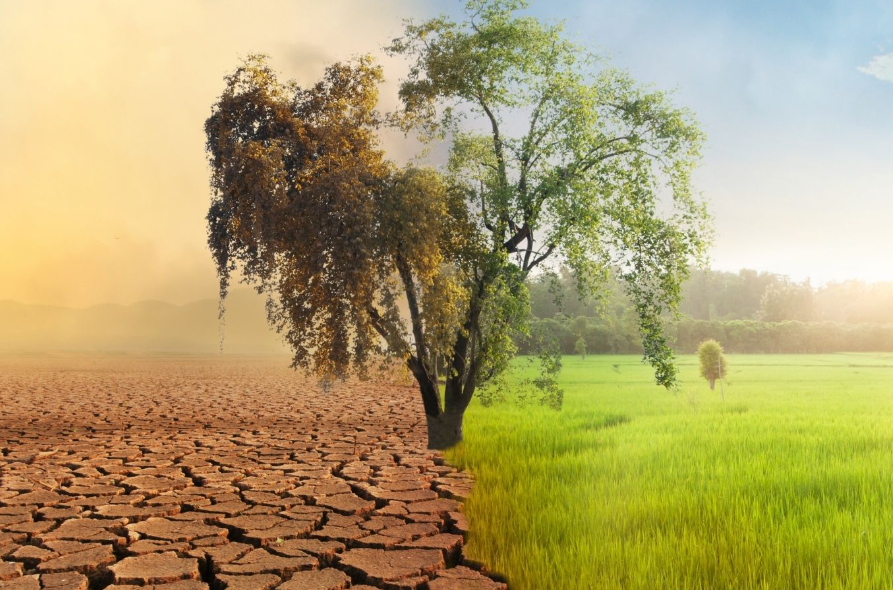
The seasons of India are not just meteorological shifts; they influence every facet of Indian life. Farmers rely on the timely arrival and withdrawal of each season to plan crop cycles. For instance:
- Rabi crops like wheat are sown in winter.
- Kharif crops like rice are sown during the monsoon.
On the cultural front, almost every major Indian festival aligns with a seasonal change. Holi, celebrated in spring, marks the end of winter. Diwali, celebrated in autumn, honors the harvest and the triumph of light over darkness. Pongal and Baisakhi align with key agricultural events in the seasonal calendar.
Fashion trends also vary with the seasons. From the bright, breathable cotton of summer to the cozy woolens of winter and the colorful ethnic wear during the festive autumn, the seasons of India inspire design houses and street fashion alike.
6. Regional Diversity in Seasonal Experience
Due to India’s vast geography, the seasons of India do not follow a uniform pattern across all states. For example:
- Ladakh experience snow even in late spring.
- Kerala receives early monsoons compared to Rajasthan.
- The Thar Desert faces extreme summer heat, while Meghalaya becomes one of the wettest places on Earth.
This variation makes India a year-round travel destination, where different regions can be explored in different seasons of India for varied experiences.
7. Climate Change and the Shifting Seasons of India
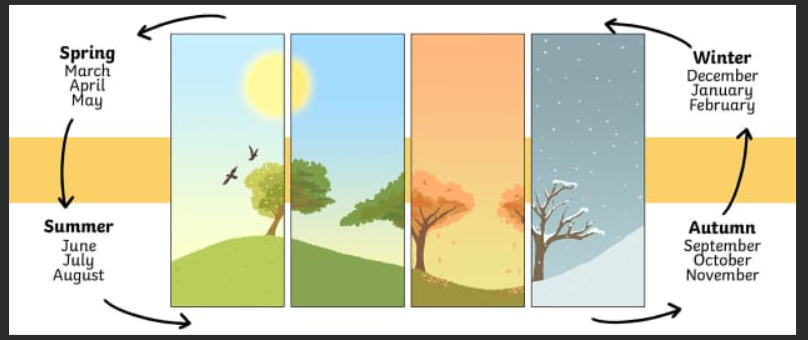
Global climate change is impacting India’s seasonal patterns. Unpredictable rain patterns, prolonged summers, delayed winters, and extreme weather events have become increasingly common.
Farmers face uncertainty, water scarcity becomes seasonal in many states, and urban areas struggle with temperature extremes. Awareness, sustainable practices, and climate-smart agriculture are now vital to preserve the natural rhythm of the seasons of India.
Conclusion
The seasons of India form the very heartbeat of the nation—guiding agriculture, shaping culture, and inspiring countless traditions. From the refreshing rains to the cozy winter nights, from the vibrant summers to the calm autumn days, every season brings something special.
Understanding and appreciating the seasons of India isn’t just about knowing the weather—it’s about connecting with the soul of this incredible country. Whether you’re a traveler, a student, or just a curious reader, there’s always something magical waiting for you in the ever-changing seasons of India.
